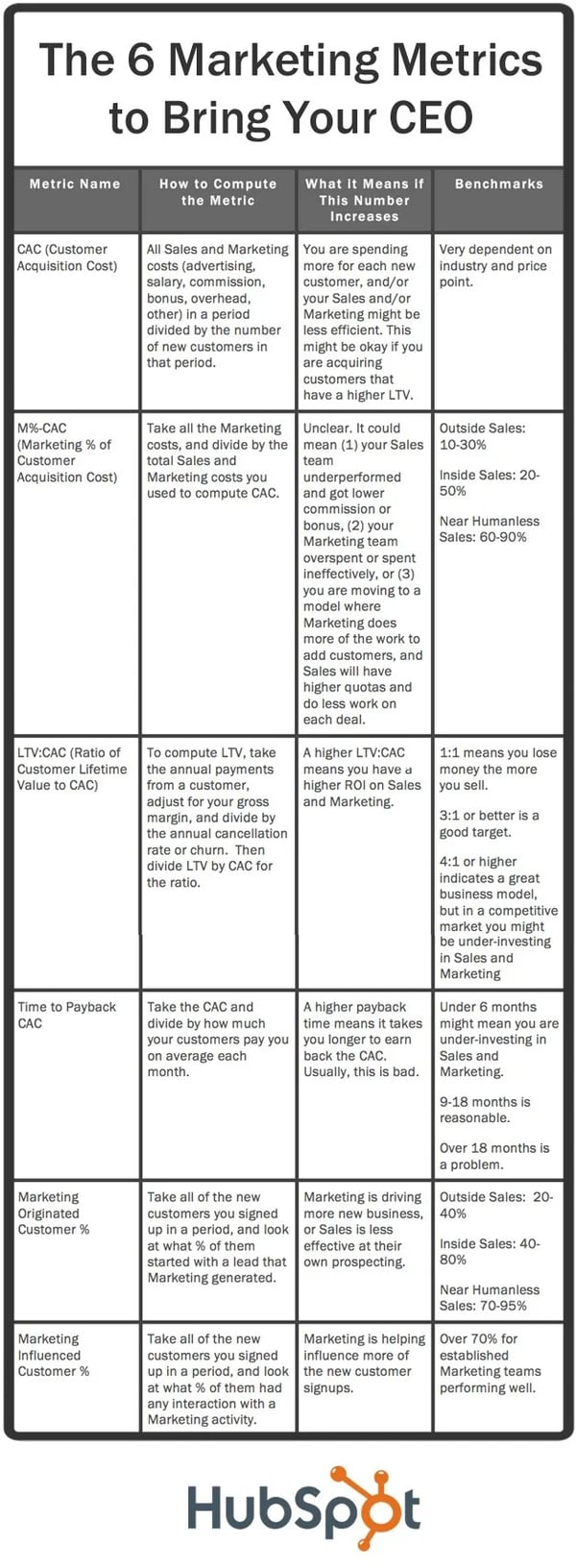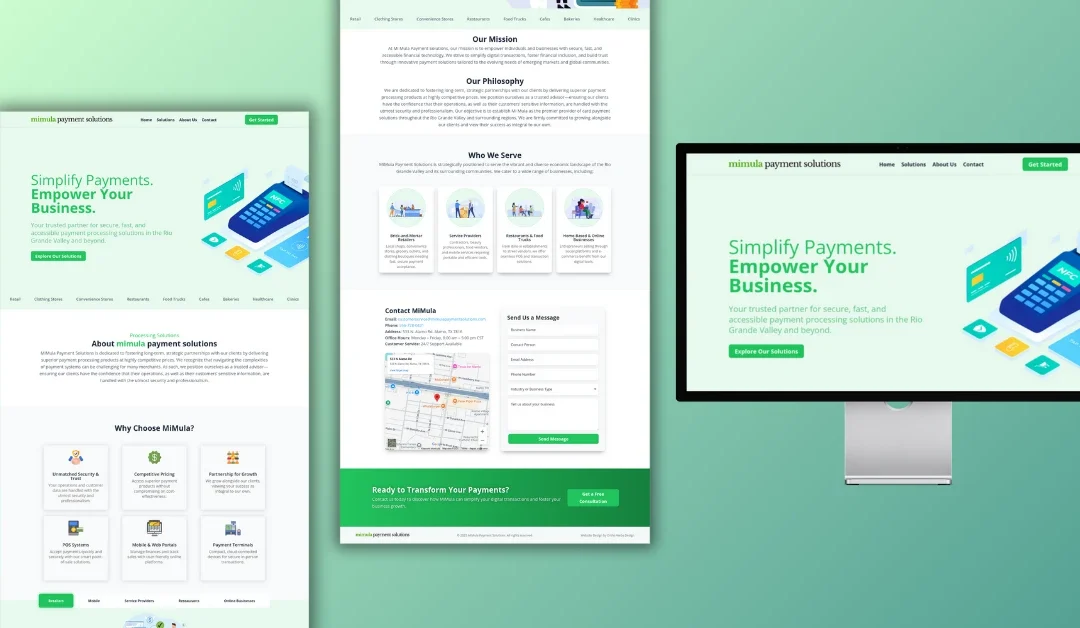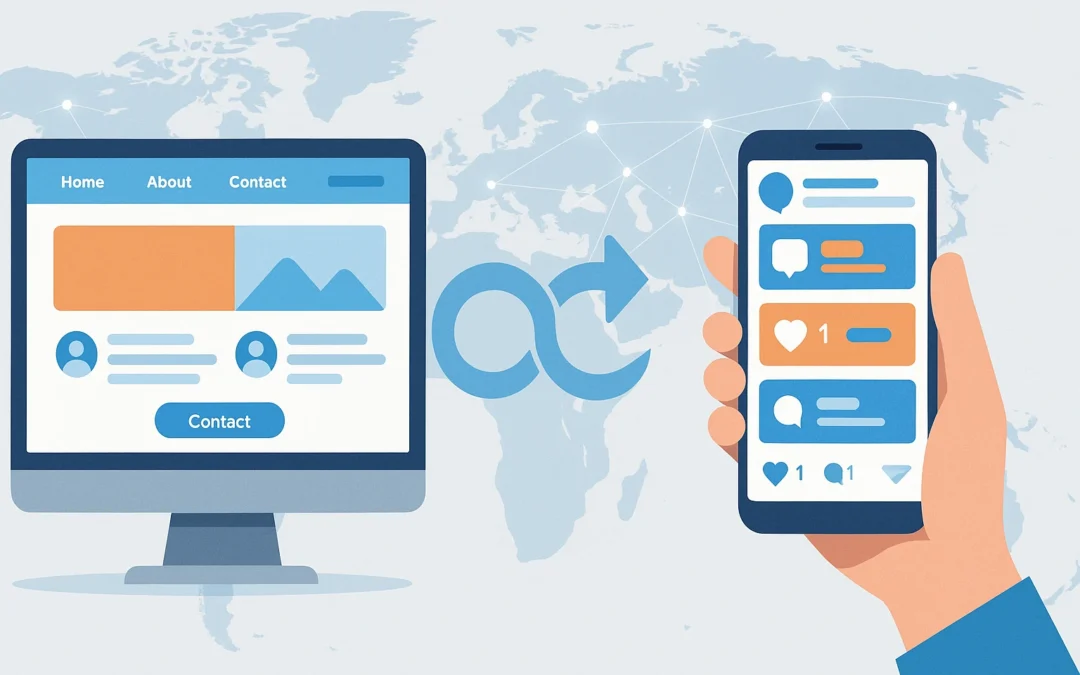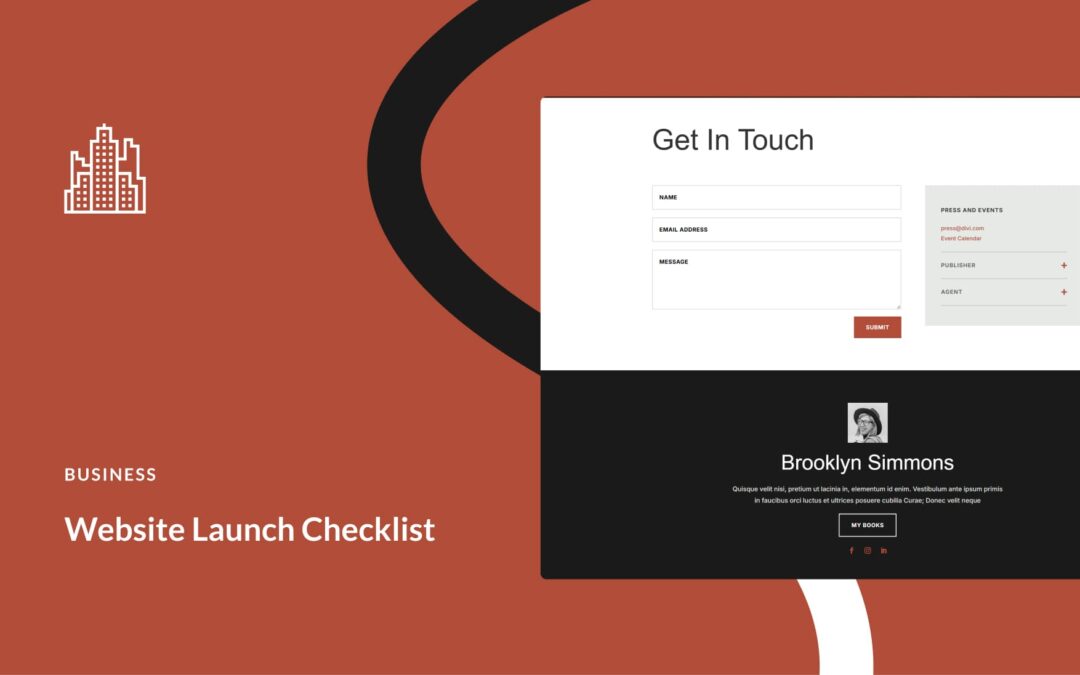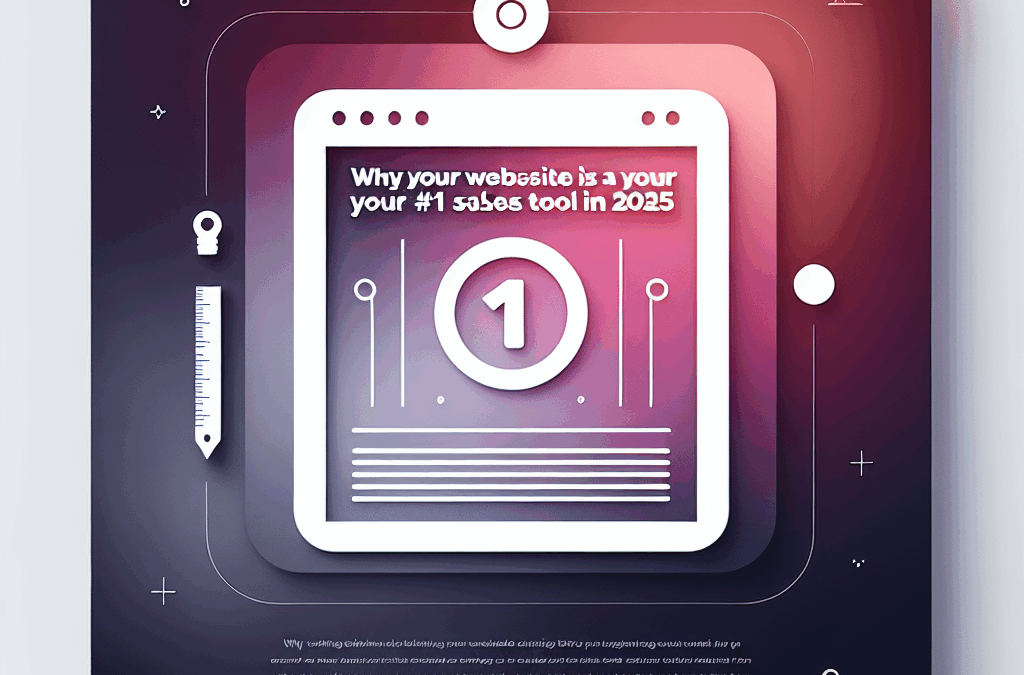The Metrics Your Business Needs to Succeed
Ever feel like you’re pouring money into marketing but not seeing the results you hoped for? You’re not alone! Many small business owners, especially here in the Valley, struggle with making sense of their marketing efforts. With 80% of CEOs not trusting their marketing teams, it’s no wonder you might feel a bit lost in the digital landscape.
But let’s turn that around, shall we? By understanding a few key metrics, you can confidently show how marketing impacts your bottom line. Buckle up as we dive into the six essential marketing metrics every small business owner should know about. These will help you earn credibility, boost your ROI, and, most importantly, get those leads rolling in!
Key Metrics That Matter
1) Customer Acquisition Cost (CAC)
Think of this as your marketing report card. To calculate your CAC, add all your sales and marketing costs—everything from ad spend to salaries—and then divide that by the number of new customers you gained. For instance, if you spent $300,000 on sales and marketing in a month and attracted 30 new customers, your CAC would be $10,000. Ouch or wow, right?
Higher CAC means you need to re-evaluate your strategy. Balance is key, mi gente!
2) Marketing Percentage of Customer Acquisition Cost (M%-CAC)
This metric is all about understanding the contribution of your marketing spend to your overall customer acquisition costs. If you see your M%-CAC increasing, it could mean you’re over-spending on marketing without reaping the rewards, or maybe your sales process isn’t efficient enough. Keeping an eye on this number will signal whether your marketing strategy is hitting the mark or needs adjustment.
3) Ratio of Customer Lifetime Value to CAC (LTV:CAC)
Now let’s talk about your customer’s value. If you have a subscription or a service that leads to repeat purchases, you want to calculate your Customer Lifetime Value (LTV). Take what a customer pays in a year, subtract expenses (like your gross margin), and then divide by how often they churn or cancel.
If your CAC is $100,000 and your LTV is $437,500, your LTV:CAC ratio is 4.4:1. Most savvy investors look for a ratio over 3X to confirm that your sales and marketing efforts are paying off.
But also remember: a higher ratio can sometimes mean you might want to invest more in marketing to keep the growth rolling and put your competition on notice!
4) Time to Payback CAC
This metric answers: how long does it take for you to earn back your customer acquisition costs? Take your CAC and divide it by the average monthly revenue from new customers. Ideally, you want this payback period to be less than 12 months, particularly if you’re in an industry where customers can pay monthly. After all, the faster you earn that back, the quicker you start seeing profit.
5) Marketing-Originated Customer Percentage
This one’s a gem! Calculate what percentage of your new customers came directly from leads generated by your marketing efforts. For those of you using a closed-loop marketing analytics system (fancy, right?), it’s easy. For others, it might take a bit more work, but trust me—it’s worth it. You want to see a higher percentage, showing that your marketing team is doing its job effectively. Expect numbers like 20-80%, depending on your business model!
6) Marketing Influenced Customer Percentage
This metric expands on the previous one by including any customers that Marketing influenced, not just those they originated. If a potential customer received your email campaign and later signed up, they were definitely influenced by your marketing efforts! Aim for this number to sit between 50% and 99%—that’s a sign that your marketing strategies are on point.
Your Metrics Cheat Sheet!
Armed with your metrics, you can start refining your marketing strategies, improving your ROI, and effectively enhancing your business’s digital presence.
Whether you’re building a website from scratch or needing enhancements to your existing one, having a customized solution from a local expert can make all the difference.
Why Work With Local Experts?
At Ericks Webs Design, we understand the local scene in South Texas, especially in regions like McAllen. We specialize in Web Design, SEO, Branding, and Smart Integrations. With our help, you won’t just have a website—you’ll have a strong online presence that actively works to grow your business.
Ready to upgrade your online game? Let’s chat!
If you’re interested in learning more about how to boost your marketing metrics and website effectiveness, check out our Web Design Services.
Or, better yet, schedule a call with us, and let’s build something that truly works for you! Don’t let your competition get ahead while you’re stuck in the digital past!
Source:
https://blog.hubspot.com/ecommerce/ecommerce-marketing-metric-youre-not-tracking

